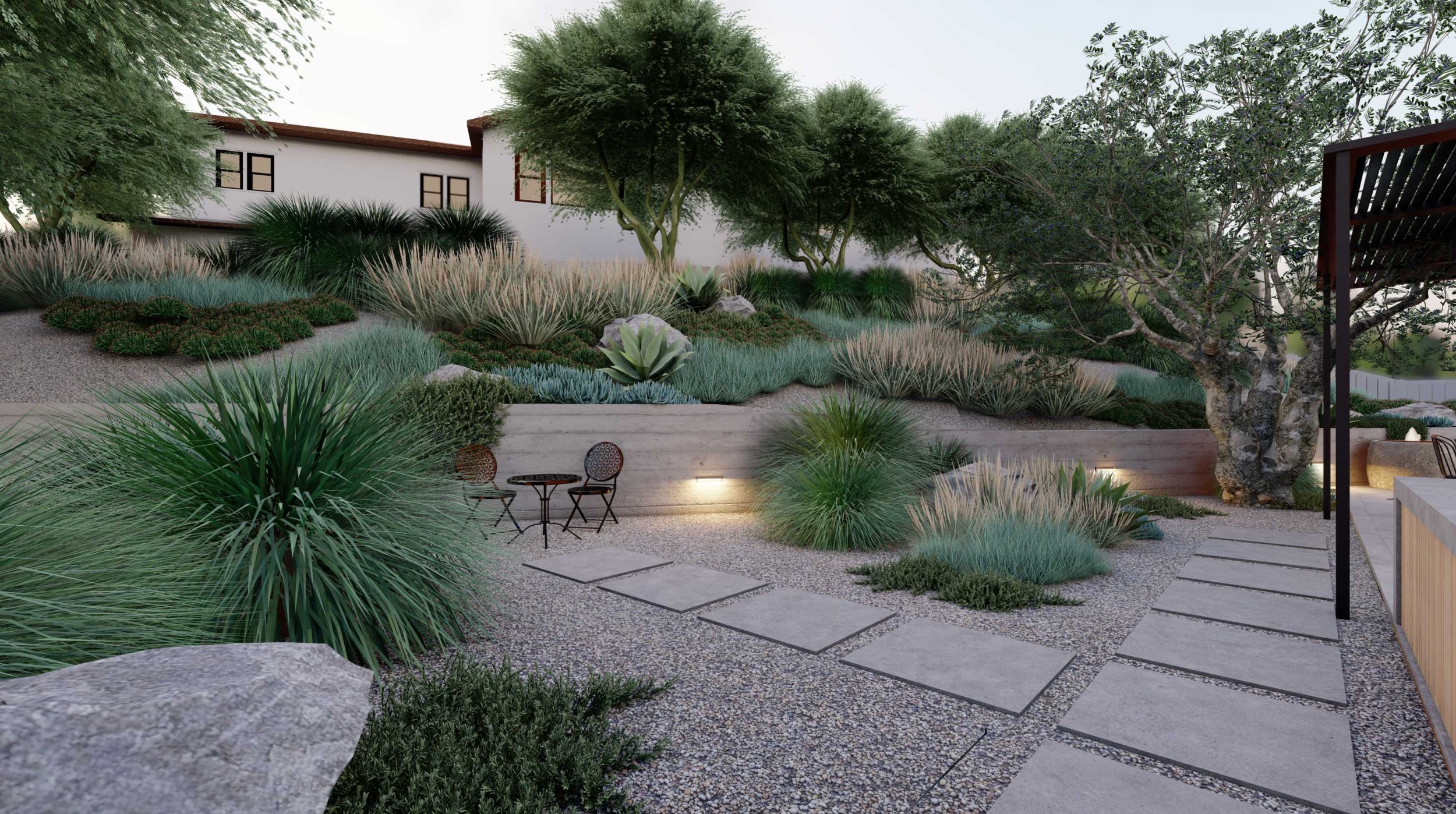The Basic Principles Of Landscapers
The Basic Principles Of Landscapers
Blog Article
Little Known Questions About Landscapers.
Table of ContentsThe Best Strategy To Use For LandscapersSome Known Details About Landscapers Not known Details About Landscapers Landscapers Can Be Fun For EveryoneAll About LandscapersSome Of Landscapers
- A yard feature where water is stood for by an aggregate stone product, normally a gravel or granite.- A stone or flagstone outdoor patio, course, or sidewalk built without a concrete base.- A rock preserving or cost-free standing wall surface developed without the use of mortar. - A below ground framework that accumulate water and enables it to slow down percolate right into the soil around it.
Landscape layout that works with a sites' setting in both look and sustainability without adverse impacts to the environment. Edging in the landscape is a line of demarcation that develops visual interest in the garden by separating one section from an additional segment. This can be aesthetic or useful, maintaining one element (such as pea gravel) from getting blended into another (like bark dust).
Locations can also sense of "enclosure" offered by trees, other growings, fencings, or screens. The landscape near the access to a structure. A tree, hedge or vine, trained to expand on a wall or fencing into a specific pattern. Especially beneficial for fruit trees, making it simple to harvest the fruit and consisting of mess.
The 6-Minute Rule for Landscapers
:max_bytes(150000):strip_icc()/GettyImages-154046398-c39f1daf45a84601b328d78ed8630660.jpg)
The aspect in a landscape style or location in a landscape that is indicated to be most famous. The prime focus can be a plant, rock, statuary, collecting room, or other landscape attribute. A design of gardens or yard aspects that stress straight lines, best angles and circles. Shrubs or shrubs found in beds near the foundation of a home or other framework.

The Buzz on Landscapers
Rock item, either rounded or fractured, that is reasonably little- typically 1" or much less. Low plants that are permitted or encouraged to top a location. Can describe any kind of "tough" garden components consisting of statuary or stones however the majority of frequently is utilized to refer to courses, patio areas, and walls.: Height distinction between the degree of water in a pond (or the level of the pump if it sits outside the pond) and the top outlet of water which impacts efficiency of the water pump in gph (gallons per hour). Thick shrubs or trees that develop a fence, screen, or border.
Fencing boards that run horizontally, commonly made use of in modern or Japanese-inspired landscape designs. Appropriate use of imaginary lines can help the landscape really feel linked to the home and other components.
Standard PNW landscapes are informal. A plant that spreads even more than desired, or into habitats where it does damages.
Landscapers Can Be Fun For Everyone
Can include head placements and coverage, pipe sizing, GPM specifications, and materials required to install this system. Licensed specialist who creates landscapes, schooled in design and architecture as well as in gardening.
Landscape developers generally have less schooling than Landscape Architects and are not certified. A completed landscape design, detailing all aspects for the brand-new landscape.
Calcium product utilized to increase the pH in soil, which will make it less congenial to moss (Landscapers). A water limited HDPE product utilized underneath fish ponds, streams and waterfalls in water features. Using several growings of the very same variety to fill in an area in the landscape. This can lower maintenance and water use in the yard.
A mix of concrete, sand, and water that is made use of in stone stonework for her latest blog setting stones and joints. A layer of garden compost or bark dirt used at the base of a plant. A mass growing of moss. A plant that was existing in a geographic location before people started changing the landscape.
The Basic Principles Of Landscapers
How the yard or a yard element is set up in relationship to an existing or new function or to an instructions. Preserving a lawn without the use of chemical herbicides, pesticides, or plant foods. Turfs that are not trimmed but grown in landscapes as perennials. This is a partly open sided leisure or YOURURL.com leisure location that joins a home, utilized for enjoyable, exterior eating and just appreciating the exterior setting.

Little round crushed rock. Plants that supply seasonal rate of interest and afterwards pass away back in the winter months. Annuals do not come back the complying with season, however perennials do. Cold period yard that is one of the most typical turf grass in Portland, OR and the remainder of the PNW.An open roofed framework over an outdoor patio or various other landscape attribute.
Basalt accumulated varying in size from 1/4" to dust. The most usual landscape crushed rock in the PNW. Area of the landscape developed to handle rainfall water until it can soak right into the ground. A chain that controls water as it travels from a roofing system seamless gutter to the ground. Garden structure that creates a planting location that is contained and greater find more information than the surrounding quality.
Framework constructed from wood, concrete, paving rocks, bricks or other materials for supporting inclines and avoiding excessive erosion. Narrow gutter. Developing a garden function being composed largely of rocks with growings that match and can prosper in the rocky setting. Lawn sprinkler head style that revolves a stream of water throughout a location.
Rumored Buzz on Landscapers

Report this page